As Mother’s Day approaches, our thoughts turn to the women who shaped us—not just the ones who packed our lunches and kissed our scraped knees, but also those fictional mothers who beamed into our living rooms each week. The 1960s gave us some of television’s most iconic maternal figures who somehow managed to dispense wisdom, maintain spotless homes, and solve family crises while rarely mussing their perfectly coiffed hair. These TV moms provided us with early templates of motherhood that, while sometimes idealized, offered comfort, consistency, and care when we needed it most.
1. Olivia Walton (The Waltons)
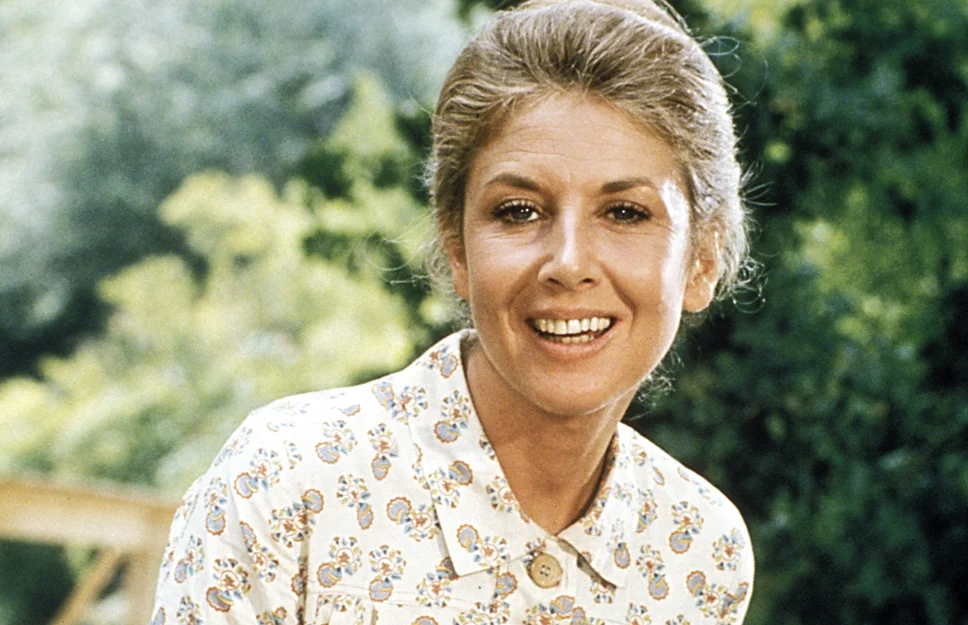
Though the show gained greater popularity in the 1970s, Michael Learned’s portrayal of Depression-era mother Olivia Walton began in the late 1960s, bringing depth and historical perspective to television motherhood. Raising seven children with limited resources required practical wisdom, strict prioritization, and unwavering faith that Olivia delivered with quiet dignity. Her consistent values and moral guidance provided stability for her family during uncertain economic times, reflecting the experiences of many viewers’ grandmothers and great-grandmothers. MeTV explores Learned’s complex but understandable reasons for joining another show after leaving her mark on television and TV motherhood forever.
What made Olivia truly remarkable was her ability to see and nurture the unique potential in each of her seven children despite the pressing demands of daily survival. She balanced necessary discipline with genuine affirmation, acknowledging that different children required different approaches. The way Olivia worked alongside her children rather than simply directing them fostered both practical skills and character development, demonstrating that motherhood sometimes meant being both teacher and fellow laborer in life’s work.
2. Margaret Anderson (Father Knows Best)
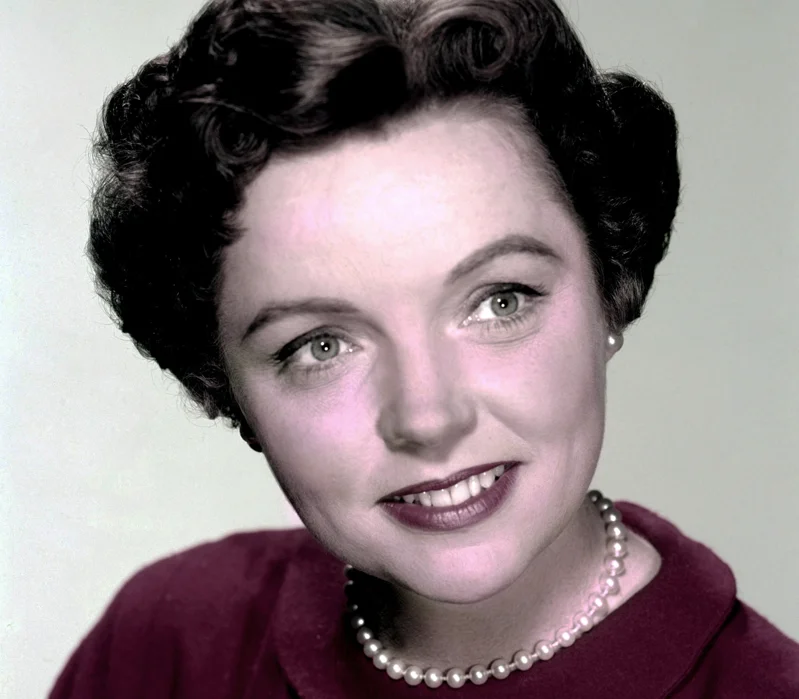
As the warm-hearted counterbalance to Jim Anderson’s paternal wisdom, Jane Wyatt’s Margaret brought emotional intelligence and quiet strength to the typical American household. She navigated the challenges of raising three distinct personalities—Princess, Bud, and Kathy—with consistent patience and individualized attention that showed her deep understanding of each child. Margaret’s ability to gently redirect her husband’s sometimes rigid thinking demonstrated a subtle influence that many real mothers of the era exercised in their own homes. IMDb compiled the full extent of Jane’s monumental filmography from before and after this treasured series.
What distinguished Margaret was her willingness to let her children learn from their mistakes while providing a safety net of unconditional love. She knew exactly when to step in with advice and when to step back and allow natural consequences to be the teacher. The dignity and respect she showed to each family member, regardless of age, created a household atmosphere where everyone felt valued and heard, making the Anderson home a place viewers wished they could visit each week.
3. Katy Holstrum (The Farmer’s Daughter)
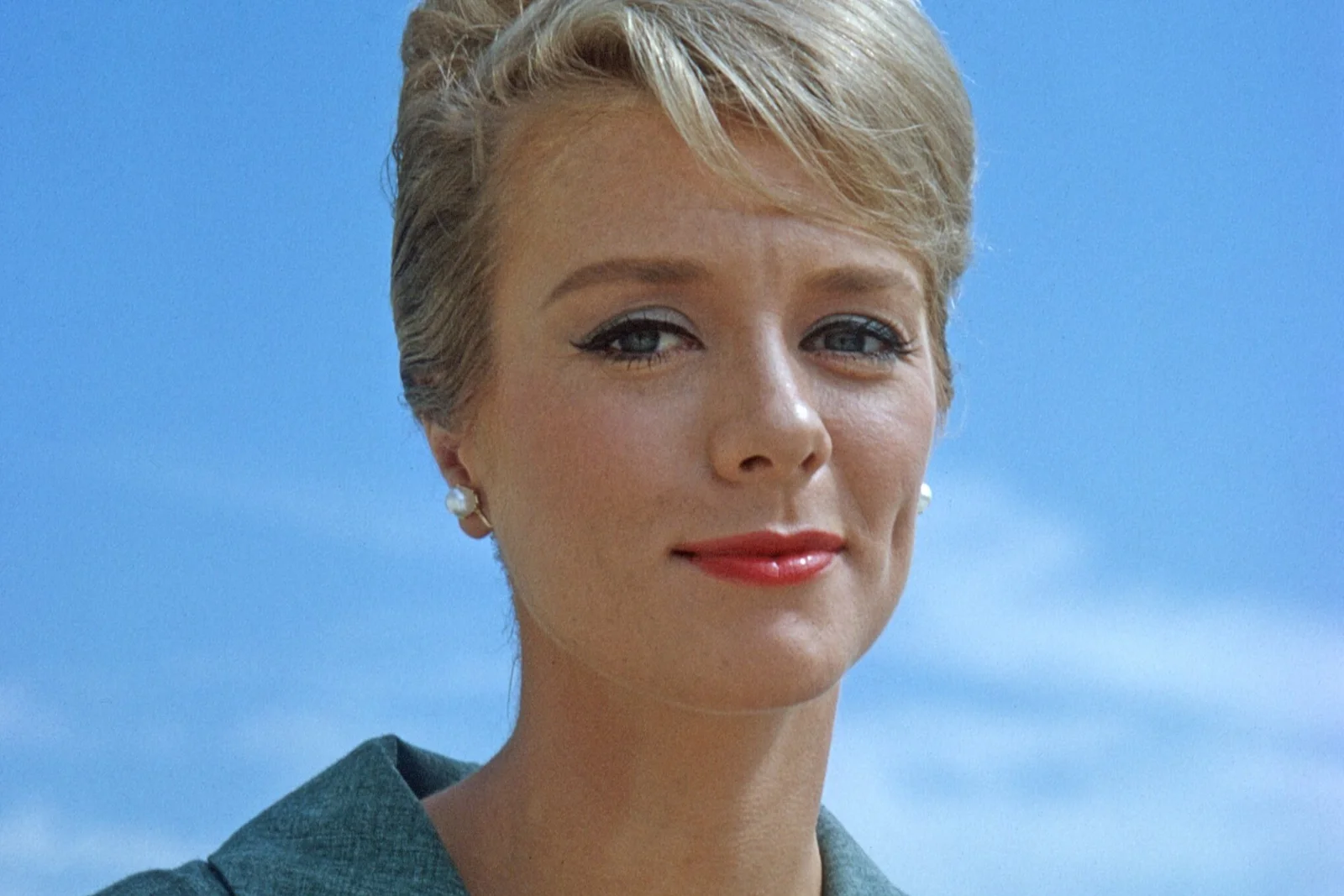
Inger Stevens brought Swedish sensibility and progressive thinking to American television as Katy, the governness-turned-congresswoman who helped widower Glen Morley raise his two sons. Though technically not their biological mother, Katy’s nurturing presence and eventual role as stepmother expanded television’s definition of maternal figures during an era when blended families were rarely depicted. Her transition from employee to family member showcased how maternal bonds could form through choice and commitment rather than biology alone. Travalanche puts into perspective what a remarkable triumph the role was under Inger’s creativity.
What made Katy particularly groundbreaking was her political career alongside her maternal responsibilities, showing women juggling professional ambitions with family care decades before this became common television fare. She maintained her independent thinking and cultural identity while integrating into the Morley household, modeling healthy adaptation rather than complete assimilation. The way Katy brought both professional expertise and emotional intelligence to child-rearing demonstrated that diverse experiences could enhance rather than detract from maternal effectiveness.
4. Emily Hartley (The Bob Newhart Show)
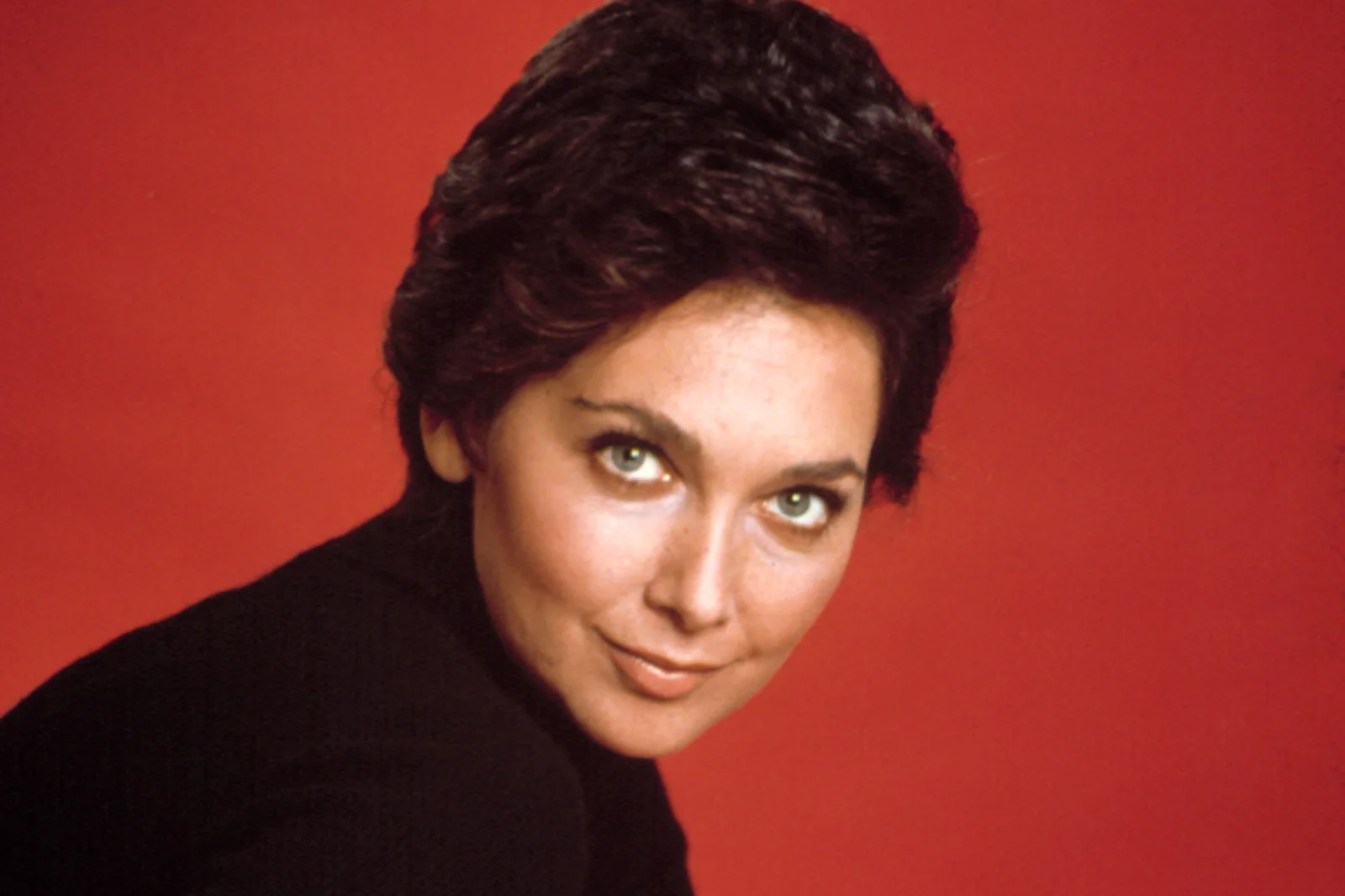
As the practical, professional counterpart to Bob’s deadpan psychologist, Suzanne Pleshette’s Emily brought working woman sensibility to maternal figures on television. Though childless herself, Emily often served as a maternal figure to her husband’s patients and friends, offering clear-eyed advice and no-nonsense support when needed. Her capable balancing of career and relationship responsibilities provided a blueprint for women considering motherhood while maintaining professional identities.
What made Emily particularly refreshing was her unapologetic ambition and intelligence, qualities sometimes downplayed in more traditional maternal characters of the era. She maintained adult friendships, professional respect, and personal boundaries while still providing emotional support to those around her. The way Emily and Bob navigated their deliberate choice not to have children showed viewers that family comes in many forms, an important perspective that added diversity to television’s portrayal of women’s life choices.
5. Donna Stone (The Donna Reed Show)
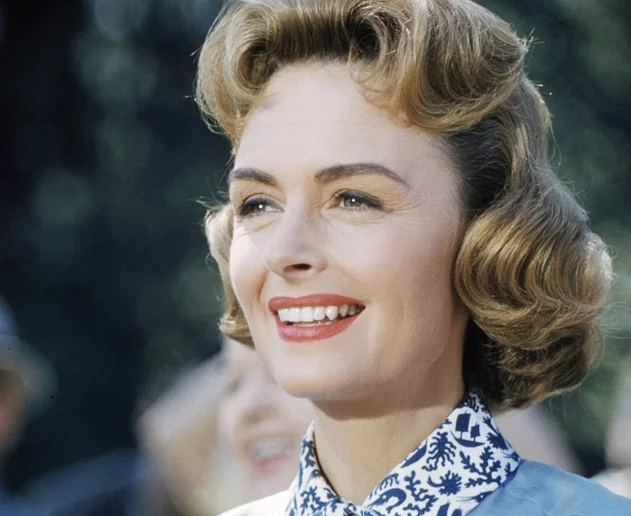
As the quintessential doctor’s wife and mother of two teenagers, Donna Reed brought quiet competence and understated elegance to suburban motherhood. Her character navigated the challenges of raising Jeff and Mary while supporting her husband’s medical career and maintaining an active role in community affairs. Donna’s ability to resolve conflicts with diplomacy and grace provided a master class in maternal problem-solving that made the Stone household run with apparent effortlessness.
What made Donna particularly memorable was how she balanced traditional homemaking with progressive values, encouraging her daughter’s independence and ambitions beyond traditional female roles. She modeled compassionate community involvement and social responsibility, regularly extending her maternal instincts beyond her immediate family. The way Donna maintained her composure through household crises while finding humor in life’s challenges created a maternal character who felt both aspirational and accessible.
6. Morticia Addams (The Addams Family)
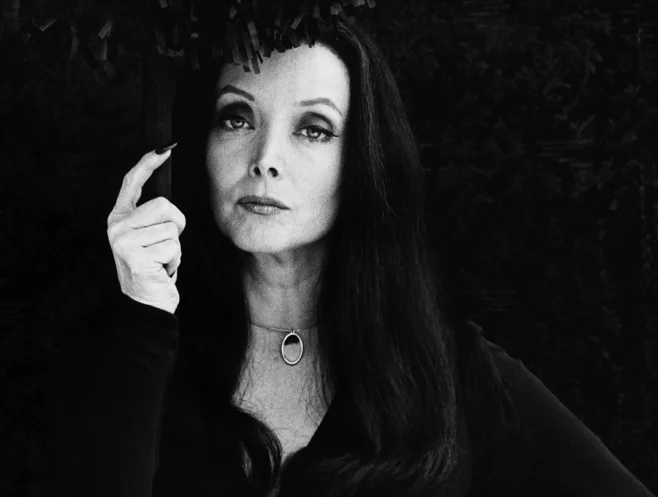
With her flowing black dress and pale complexion, Carolyn Jones’ Morticia Addams defied conventional 1960s maternal stereotypes while embodying timeless maternal devotion. She showered Pugsley and Wednesday with affection and acceptance, never trying to make her peculiar children conform to society’s expectations. Morticia’s unwavering support for her children’s macabre interests and experiments demonstrated unconditional love in its purest form, albeit with a gothic twist.
What made Morticia truly revolutionary was her passionate partnership with Gomez, showing children a household where parental romance remained very much alive. She maintained her own interests, practiced self-care (however unusual her methods), and demonstrated that motherhood didn’t require surrendering one’s identity or relationship. The way Morticia embraced her family’s unconventionality with pride rather than apology taught viewers that there was no single “right way” to be a family—a surprisingly progressive message wrapped in comedy and cobwebs.
7. Samantha Stephens (Bewitched)
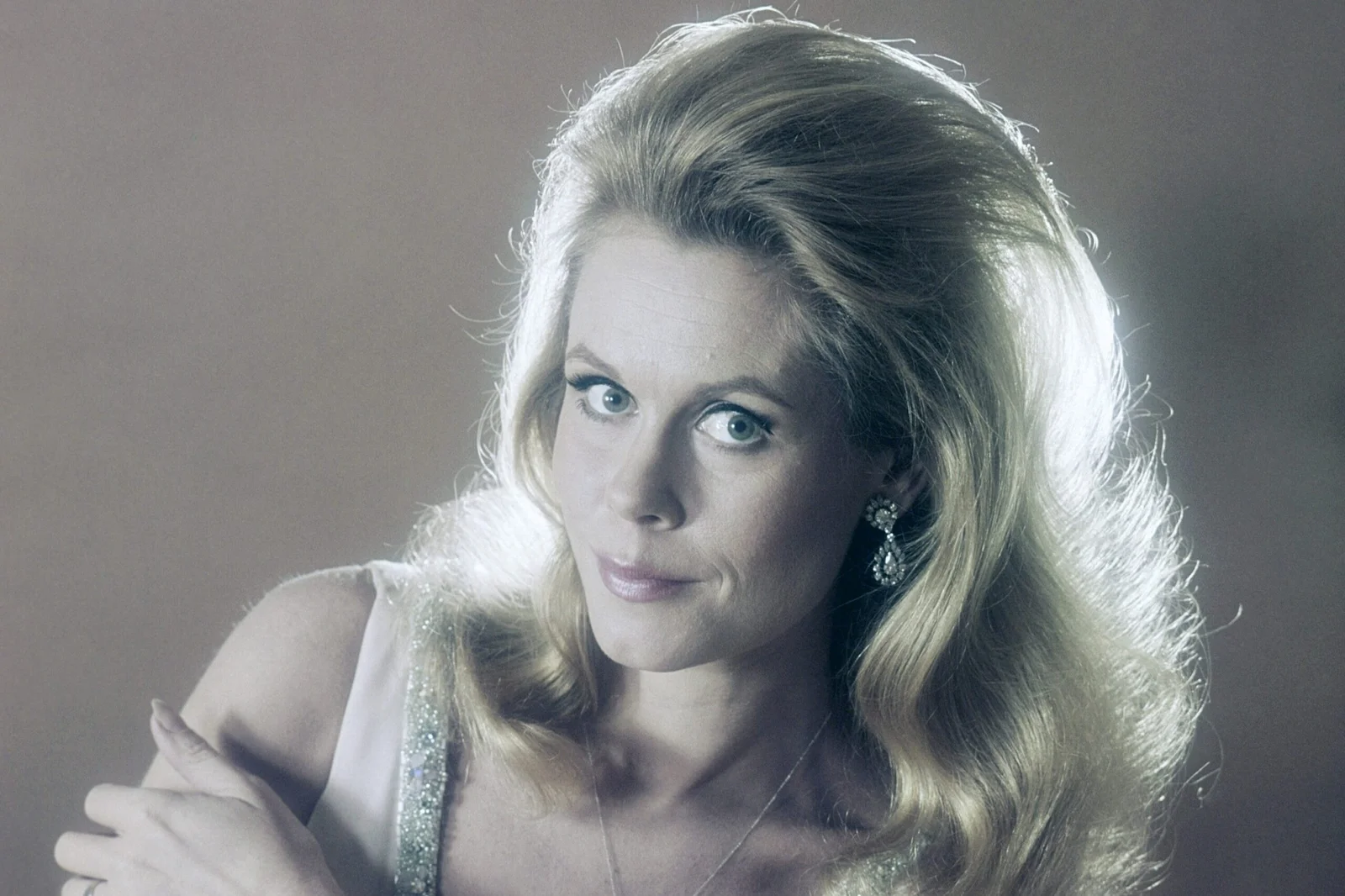
Elizabeth Montgomery’s nose-twitching witch-turned-suburban-housewife juggled the supernatural and the mundane while raising daughter Tabitha in a mixed magical/mortal household. Samantha’s determination to live as a “normal” mother despite her extraordinary powers reflected many women’s experiences of downplaying their capabilities to fit societal expectations. Her patient handling of magical mishaps, meddling relatives, and marital misunderstandings showcased flexibility and grace under pressure that all mothers could aspire to.
What made Samantha truly special was her commitment to raising her daughter to embrace both sides of her heritage while navigating a world that wasn’t always accepting of differences. She faced the ultimate “working mom” dilemma—when to use her magic and when to do things the mortal way—creating relatable metaphors for mothers balancing various tools and approaches to parenting. The way Samantha protected her family from magical threats while maintaining her moral compass demonstrated that maternal strength comes in many forms, not all of them immediately visible.
8. Lily Munster (The Munsters)
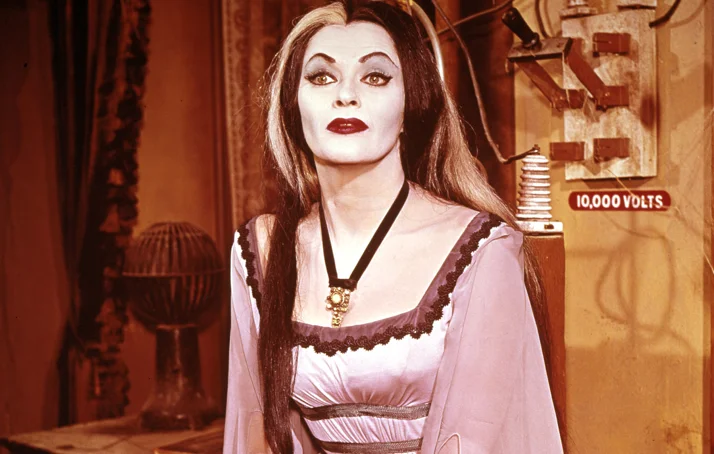
Beneath her Frankenstein-inspired appearance, Yvonne De Carlo’s Lily Munster embodied maternal warmth and fierce family loyalty that transcended her monstrous exterior. She maintained domestic tranquility in a household of vampires, werewolves, and reanimated beings while helping son Eddie navigate the challenges of being different in a conformist world. Lily’s gracious hospitality and refined manners contrasted humorously with her family’s appearance, reminding viewers not to judge mothers—or anyone—by outward appearances.
What made Lily particularly endearing was her genuine bewilderment when others reacted negatively to her unusual family, reflecting many mothers’ protective instincts when their children face rejection. She embraced her role as family mediator, particularly between Herman and Grandpa, demonstrating the diplomatic skills mothers often develop. The way Lily maintained her vintage glamour while handling household duties showed that motherhood and personal style weren’t mutually exclusive, even for the undead.
9. June Cleaver (Leave It to Beaver)
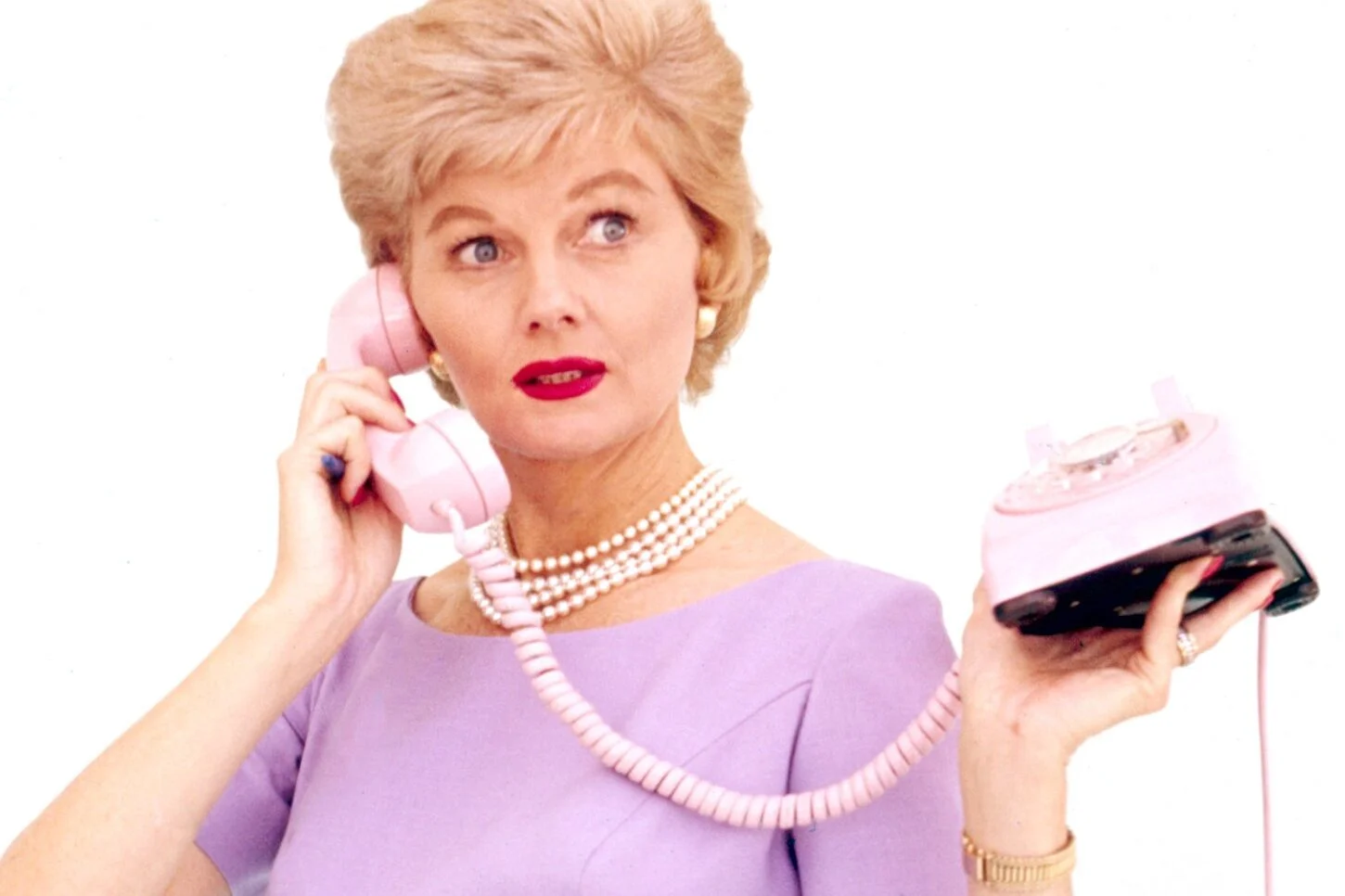
With her trademark pearls and impeccable dresses, June Cleaver became the gold standard for television motherhood that influenced generations to come. Barbara Billingsley brought a gentle authority to the role that made us believe she could handle anything from Beaver’s playground mishaps to Wally’s teenage dilemmas with perfect composure. Her ability to discipline without raising her voice and solve problems without breaking a sweat created an aspirational image of motherhood that defined an era.
What made June truly special wasn’t her picture-perfect appearance but the genuine love she showed for her family in every episode. She listened to her boys’ problems with full attention, never dismissing their concerns as trivial even when they seemed small in the grand scheme of adult life. The way June could communicate volumes with just a knowing glance at husband Ward showed a partnership and understanding that anchored the Cleaver household through all their suburban adventures.
10. Harriet Nelson (The Adventures of Ozzie and Harriet)
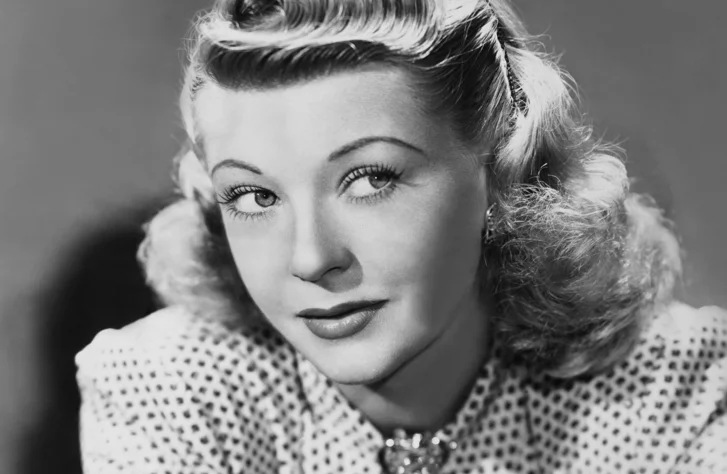
As one of television’s first meta-moms, Harriet Nelson played a fictionalized version of herself alongside her real husband and sons, blurring the lines between performance and reality. Her natural ease on camera and authentic chemistry with her family brought a believability to the role that resonated with audiences across America. Harriet’s practical approach to household management and child-rearing matched the no-nonsense attitude of many mothers raising children in post-war America.
What made Harriet particularly influential was how she evolved on screen as her real sons grew from children to teenagers to young adults over the show’s remarkable 14-year run. She showed different facets of motherhood through various life stages, from the hands-on parenting of young boys to the more advisory role needed for young men finding their independence. The way she adapted her parenting style while maintaining consistent values provided a roadmap for mothers navigating their own changing family dynamics.
11. Laura Petrie (The Dick Van Dyke Show)
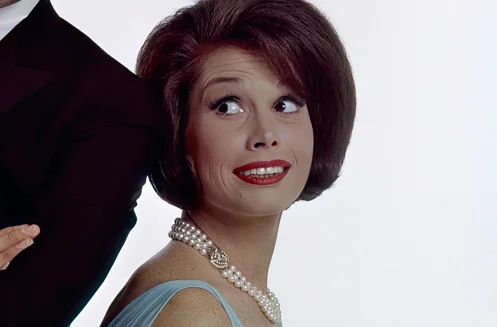
Mary Tyler Moore revolutionized the television mother archetype by bringing youth, energy, and capri pants to the role of Laura Petrie. Her playful relationship with husband Rob and modern approach to raising their son Richie showed a new generation of mothers who could be fashionable, funny, and occasionally fallible while maintaining loving authority. Laura’s willingness to admit mistakes and laugh at herself made her more relatable than some of her perpetually perfect predecessors.
What set Laura apart was her identity beyond motherhood—she had been a dancer, maintained adult friendships, and regularly participated in community activities that showcased her talents and interests. She demonstrated that becoming a mother didn’t mean surrendering your personality or past, a revolutionary concept for 1960s television. The genuine affection and respect between Laura and Rob portrayed a partnership rather than a hierarchy, laying groundwork for more equal parental relationships on screens to come.
12. Alice Kramden (The Honeymooners)
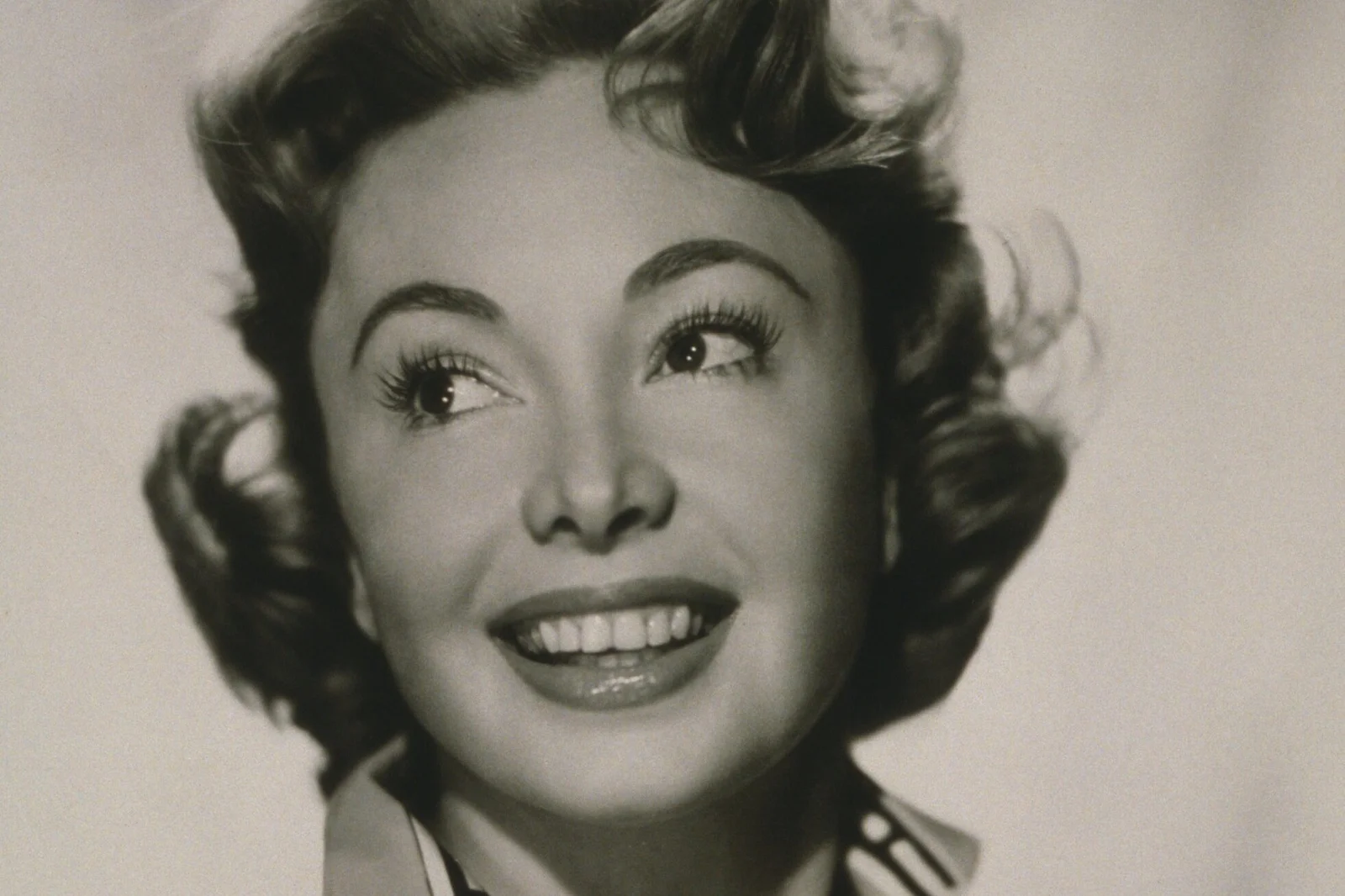
Though technically from the late 1950s but in reruns throughout the 1960s, Audrey Meadows’ Alice deserves recognition for showing maternal care in a working-class setting without the picket fences and spacious kitchens of her suburban counterparts. Her patient handling of Ralph’s schemes and outbursts while maintaining their modest apartment on a bus driver’s salary reflected the reality of many urban mothers making ends meet with limited resources. Alice’s quick wit and practical wisdom made her the true backbone of the Kramden household.
What made Alice truly memorable was her unflinching reality check when Ralph’s dreams exceeded practical possibilities, providing the grounding influence children need when navigating life’s disappointments. She maintained dignity and self-respect despite constant financial pressure and cramped living conditions. The way Alice found moments of joy and connection in everyday life despite challenging circumstances showed that maternal love thrives in all environments, not just in picture-perfect suburban settings.
As we prepare to celebrate the real mothers in our lives this Mother’s Day, these fictional matriarchs remind us of the many faces of motherhood that influenced our understanding of family. From perfectly pressed housedresses to monster makeup, these diverse television moms showed us that maternal love comes in many forms, but always prioritizes the wellbeing of those in their care. While real motherhood rarely includes a studio audience or perfectly timed commercial breaks, these beloved characters captured enduring truths about maternal love that continue to resonate decades later—just like the lessons our own mothers taught us that we carry through life.


